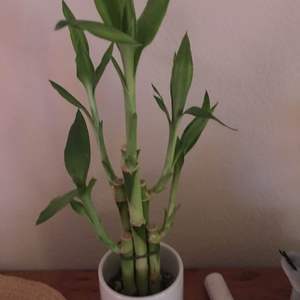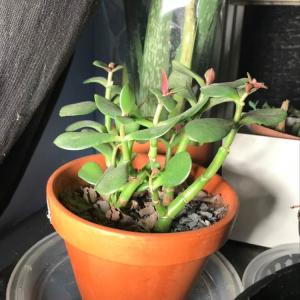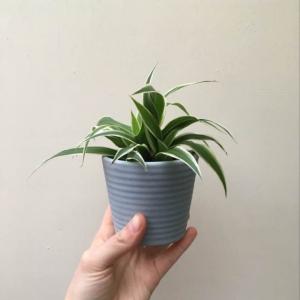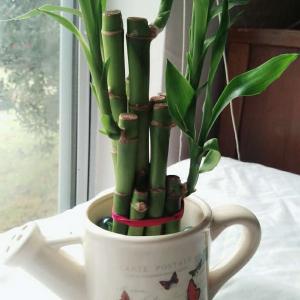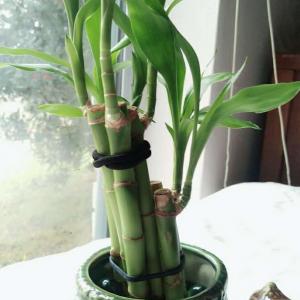文章
Miss Chen
2018年08月07日

Bamboo plants are woody members of the grass family and consist of vertical, above-ground culms, and underground roots and rhizomes. A successful propagation must recreate all these parts. While reproduction from seed is the easiest way for the species to reproduce, bamboo plants do not produce many viable seeds. Consequently, bamboo is more commonly propagated by vegetative means. There are several types of vegetative propagation, and each have various advantages and drawbacks. Culm cutting, branch cutting, trench layering and marcotting propagation techniques essentially involve cutting a part off a bamboo in order to reroot it.
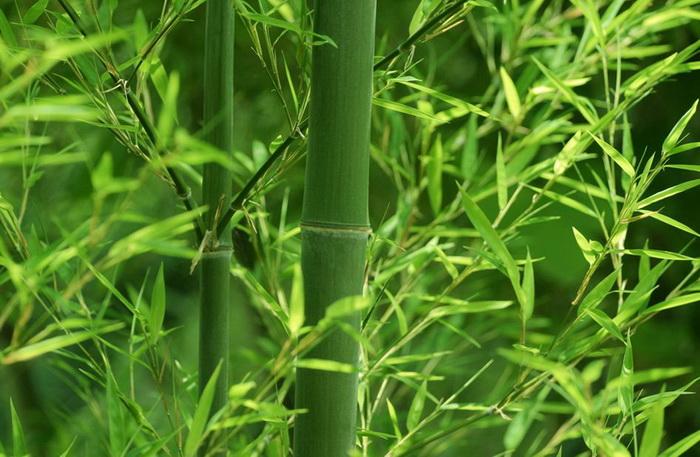
Culm Cutting
The culm cutting technique is used to successfully propagate most of the economically significant species of bamboo at a much faster rate than seed plantings. Begin by selecting only healthy culms 2 to 3 years in age. Cut the culm at ground level or slightly above the first node. Remove all leaves and small side branches. Use this culm to prepare several cuttings 2 to 3 nodes in length, leaving about 4 inches on each side. Place cuttings in a sandy, starting medium. Bury about 5 inches deep in dirt, totally covering up at least one node. New growth should appear in about 6 weeks.
Branch Cutting
Branch cutting propagation is a process that is very similar to culm cutting, but with branches. It works best with thick-walled bamboo cultivars. Select branches from 1- to 3-year-old culms. With both culm cutting and branch cuttings, rooting hormone applications will help produce better and faster results. Place branches in a growing medium upright or at a 20-degree angle. Special equipment like sand beds and mist chambers are often used to improve sprouting.
Trench Layering
Dig a long trench about 6 inches deep, long enough to accommodate a culm, lying horizontal, approximately 20 nodes long. Select a 2-year-old culm, stripping it of small branches and leaves. Cut through the culm, leaving about two thirds of its diameter. Place it in well-prepared soil, so that buds on the culm are in a lateral position. Shoots should start to appear at each node after about 3 months.

Marcotting
Marcotting is a bamboo propagation technique that is similar to trench layering. However, culms are not cut, but bent to a degree that will allow growers to physically reach plant nodes. In addition, propagation does not take place in the soil; instead it takes place in the air. A mixture of soil and rooting hormones are placed at each node. These materials are wrapped and physically bound to bamboo nodes using coconut fiber. Rooted nodes are later separated from the stem to become independent plants.

Culm Cutting
The culm cutting technique is used to successfully propagate most of the economically significant species of bamboo at a much faster rate than seed plantings. Begin by selecting only healthy culms 2 to 3 years in age. Cut the culm at ground level or slightly above the first node. Remove all leaves and small side branches. Use this culm to prepare several cuttings 2 to 3 nodes in length, leaving about 4 inches on each side. Place cuttings in a sandy, starting medium. Bury about 5 inches deep in dirt, totally covering up at least one node. New growth should appear in about 6 weeks.
Branch Cutting
Branch cutting propagation is a process that is very similar to culm cutting, but with branches. It works best with thick-walled bamboo cultivars. Select branches from 1- to 3-year-old culms. With both culm cutting and branch cuttings, rooting hormone applications will help produce better and faster results. Place branches in a growing medium upright or at a 20-degree angle. Special equipment like sand beds and mist chambers are often used to improve sprouting.
Trench Layering
Dig a long trench about 6 inches deep, long enough to accommodate a culm, lying horizontal, approximately 20 nodes long. Select a 2-year-old culm, stripping it of small branches and leaves. Cut through the culm, leaving about two thirds of its diameter. Place it in well-prepared soil, so that buds on the culm are in a lateral position. Shoots should start to appear at each node after about 3 months.

Marcotting
Marcotting is a bamboo propagation technique that is similar to trench layering. However, culms are not cut, but bent to a degree that will allow growers to physically reach plant nodes. In addition, propagation does not take place in the soil; instead it takes place in the air. A mixture of soil and rooting hormones are placed at each node. These materials are wrapped and physically bound to bamboo nodes using coconut fiber. Rooted nodes are later separated from the stem to become independent plants.
0
0



